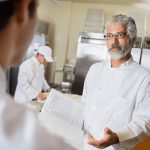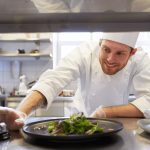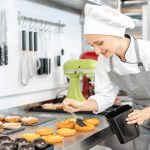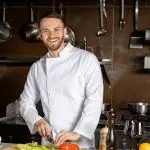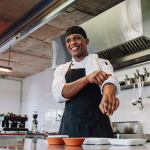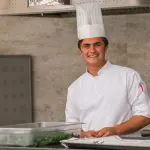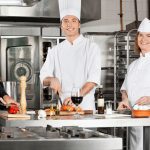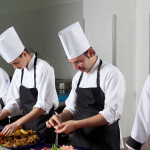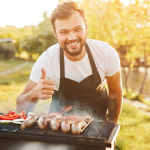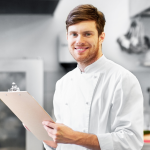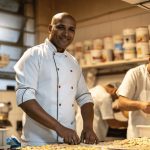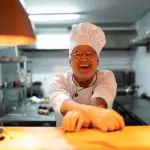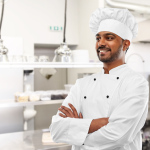Homemade cupcakes may seem like an easier version of the cake. But the truth is that baking cupcakes and learning how to bake cupcakes require just as much precision and careful attention to detail as baking a full-size cake.
Want To Skip Ahead?
Baking cakes and cupcakes can be a delicious and beautiful way to indulge your sweet tooth, but first, you’ll need to do a little bit of science to get the cupcake just right.
Cupcakes Are Easy Cakes To Make!
For the beginner cake baker, a good place to start is with a cupcake recipe. Cupcakes are pretty straightforward to make with little fuss.
Homemade cupcakes can make a great gift or a delicious treat and can be designed in many different ways.
How to Bake Cupcakes
The perfect cupcake has a moist, light texture, a nicely rounded top, and a liner that is not greasy. Even a beginner can accomplish all of these things.
As long as time is taken to ensure that the ingredients and techniques are all correct during the baking process. Pull out your cupcake recipe and let’s get started.
Tips To Bake Homemade Cupcakes
When you make cupcakes, you’ll be making the batter in the same way you would a cake. So it’s important to treat the ingredients pretty much the same. However, there are a few extra tips for getting your cupcakes just the right shape and texture.
- First, remember that any eggs and butter ingredients need to be at room temperature. This will ensure that your cupcakes rise correctly.
- Always cream your butter and sugars together before adding any other ingredients. This will result in a texture that stays light and fluffy.
- And be sure to add the eggs one at a time to allow for complete emulsification – this helps to avoid random eggy spots in your cupcakes.
With cupcakes, it’s a good idea to sift the dry ingredients as you mix. Doing this will eliminate tiny lumps that wouldn’t be noticed in a large cake, but can cause problems in a cupcake.
Be sure that your leavening agent is fresh to avoid cupcakes that don’t rise. And pay attention to the type of flour the recipe calls for.
In many cupcake recipes, cake flour or pastry flour should be used to get a more rounded top. If the recipe calls for cake flour, use the real product and not the “homemade” DIY version. This can make a big difference in the way your cupcakes rise.
Filling the Paper Holders With The Cupcake Batter
It’s always best to line a cupcake pan with paper holders. These will provide you with the best chance at having cupcakes that are evenly cooked and whole (instead of getting cupcakes half stuck to the pan and crumbling everywhere).
If you don’t like the look of liners, or you find that they are greasy and unattractive when the cupcakes are done.
Then remove the cupcakes right away to ensure that the liners don’t stick, and then allow the cakes to cool before icing them.
When you fill the cupcake pan, be sure to fill each spot around three-quarters of the way full. Too little, and your cupcake won’t round; too much, and your cupcake will turn into a blobby mess.
Bake Homemade Cupcakes – Heating and Baking
When it comes to baking cupcakes, the temperature of your oven is the most important part. An oven that is too hot or too cold will result in misshapen, flat, or even caved-in cupcakes.
Many chefs cook their cupcakes at a higher temperature, such as 200 degrees Celsius, for around five minutes, and then drop the temperature of the oven to about 177 degrees Celsius for the final 10 to 15 minutes.
If you are following your cupcake recipe exactly and can’t seem to get a nice dome on the cupcake, you may want to experiment with a higher/cooler temperature.
Be sure to bake cupcakes right away after filling the liners, because ingredients can settle in the batter and create a bottom-heavy or greasy cupcake if left to sit.
When the timer goes off, check your cupcakes by inserting a toothpick into the centre. If it comes out clean, your cupcakes are done and ready to cool before icing.


